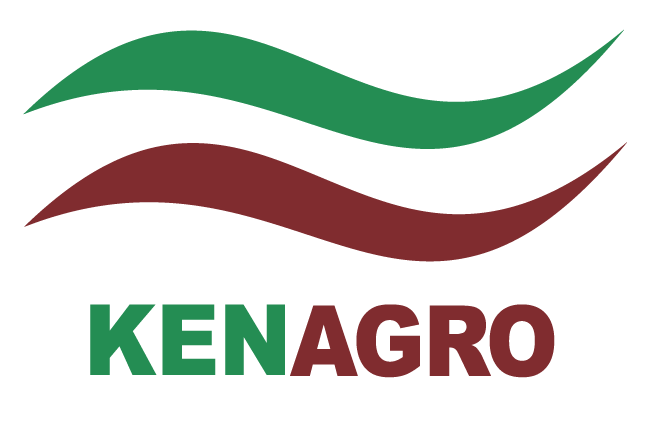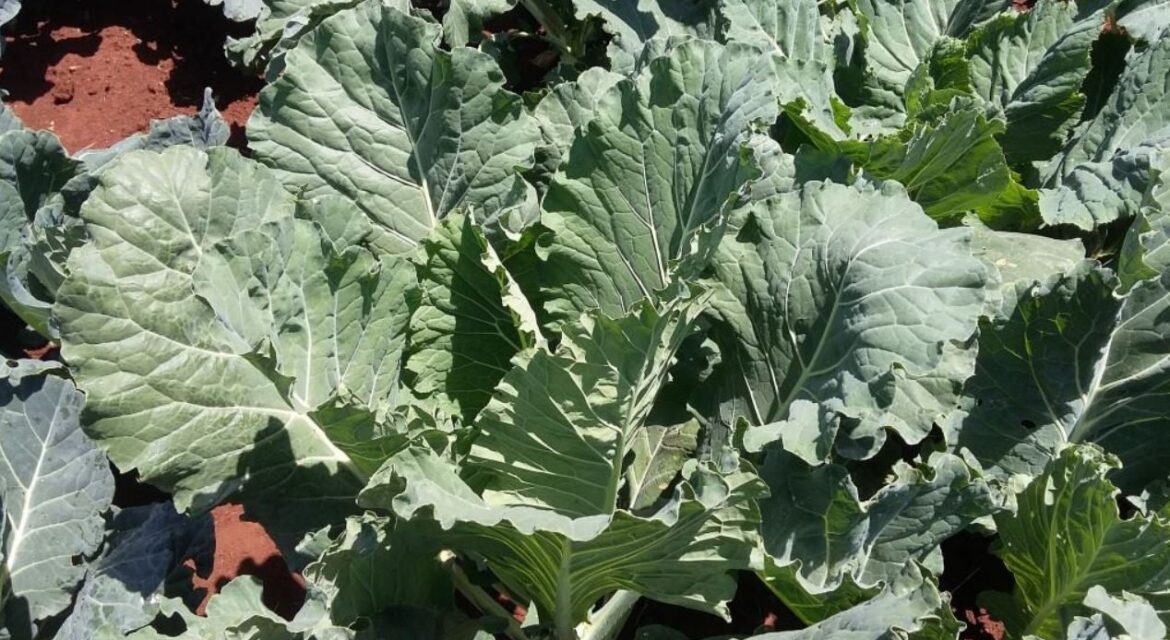Kale farming in Kenya, popularly known as Sukuma wiki farming, is one of the most widespread and profitable horticultural ventures. Kale is a nutrient-rich leafy vegetable consumed daily in most Kenyan households, eateries, and institutions, making it a reliable income earner for both smallholder and commercial farmers.
With proper agronomic practices and year-round production potential, kale cultivation in Kenya can offer consistent profits and food security.
1. Crop Selection and Planning
Choosing the right kale variety based on climate, disease resistance, and market preference is the first step to success.
Popular Kale Varieties in Kenya:
- Collard Mfalme F1 – High yielding, heat tolerant, and disease resistant
- Thousand Head – Local variety, vigorous, and widely grown
- Sukuma Sawa – Hybrid, uniform leaves, and fast maturing
Planning Tips:
- Use certified seeds from reputable suppliers
- Plan around rainy seasons or have access to irrigation for dry periods
- Align planting with market demand to maximize prices
2. Soil and Climate Requirements
Kales thrive in cool to warm climates and in well-drained, fertile soils with adequate organic matter.
Ideal Conditions for Sukuma Wiki Farming:
- Soil pH: 6.0–6.8
- Temperature: 15°C–25°C
- Altitude: Performs well from 1,000–2,500 meters above sea level
- Rainfall: 500–1,200 mm annually
Avoid waterlogged or saline soils to prevent root rot and poor growth.
3. Land Preparation and Planting Techniques
Steps:
- Clear land and prepare fine tilth through ploughing and harrowing
- Raise nursery beds for seedling propagation
- Transplant seedlings 3–4 weeks after sowing or when they have 4–6 true leaves
Spacing:
- Between plants: 30–45 cm
- Between rows: 50–60 cm
Fertilizer Use:
- Apply well-rotted manure or compost before planting
- Use DAP fertilizer at transplanting for strong root development
4. Crop Management (Irrigation, Fertilization, Weeding)
Irrigation:
- Provide regular watering, especially during dry seasons
- Use drip or furrow irrigation to conserve water and maintain soil moisture
Fertilization:
- Top-dress with CAN or urea 3–4 weeks after transplanting
- Apply foliar feeds and trace elements for faster growth and greener leaves
- Conduct soil tests for tailored nutrient management
Weeding:
- Weed regularly to reduce competition for nutrients
- Apply mulch to conserve moisture and suppress weeds
5. Pest and Disease Control
Common Pests in Kale Farming:
- Aphids
- Diamondback moth caterpillars
- Whiteflies
- Cabbage looper
Common Diseases:
- Downy mildew
- Black rot
- Leaf spot
- Fusarium wilt
Control Measures:
- Use disease-free seedlings
- Practice crop rotation with legumes or cereals
- Apply biopesticides or recommended insecticides/fungicides
- Avoid overcrowding for better air circulation
6. Harvesting and Post-Harvest Handling
Kales are harvested by plucking lower mature leaves, allowing continued production.
Harvesting Tips:
- Begin harvesting 6–8 weeks after transplanting
- Harvest 2–3 times weekly to maintain quality and extend productivity
- Use a clean knife or hand-pick to avoid damaging young leaves
Post-Harvest Handling:
- Sort and remove damaged leaves
- Pack in cool, moist containers or sacks for transport
Supply to market early in the morning to retain freshness
7. Marketing and Value Addition
Target Markets:
- Local markets
- Grocery stores
- Schools and institutions
- Export markets for packaged and pre-washed Sukuma wiki
Marketing Tips:
- Join farmer groups or cooperatives for bulk selling
- Stagger planting to ensure steady supply and avoid market glut
- Supply during dry seasons or off-peak periods for better prices
Value Addition Options:
- Pre-washed, chopped, and packaged kales
- Dried Sukuma wiki for powdered vegetable supplements
- Juice or smoothie products from kale leaves
8. Farm Business and Record Keeping
Successful kale farming in Kenya relies on good record-keeping and financial planning.
Business Tips:
- Track costs, labour, inputs, harvests, and income
- Analyse profitability and adjust practices accordingly
- Access credit and insurance to cushion against losses
Use mobile apps and Agri-platforms for advice, market prices, and updates
Unlocking the Potential of Kale Farming in Kenya
With minimal investment and high market demand, Sukuma wiki farming in Kenya is a powerful tool for income generation and household nutrition. By selecting the right varieties, maintaining good crop care, and understanding market trends, farmers can grow kale successfully and profitably year-round.
Whether you’re a beginner or a seasoned farmer, treating your kale farm as a business and staying informed through extension services and digital tools can transform your Sukuma wiki plot into a sustainable agribusiness.




